SHARED INTEL: How ransomware evolved from consumer trickery to deep enterprise hacks
The Last Watchdog
JUNE 21, 2020
The above-mentioned AIDS Trojan hailing from the distant pre-Internet era was the progenitor of the trend, but its real-world impact was close to zero. FBI spoofs 2012 – 2013. It surfaced in November 2012 and was making thousands of victims a day. None of these early threats went pro.

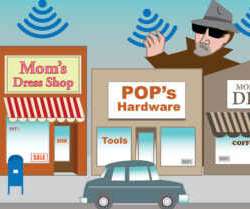
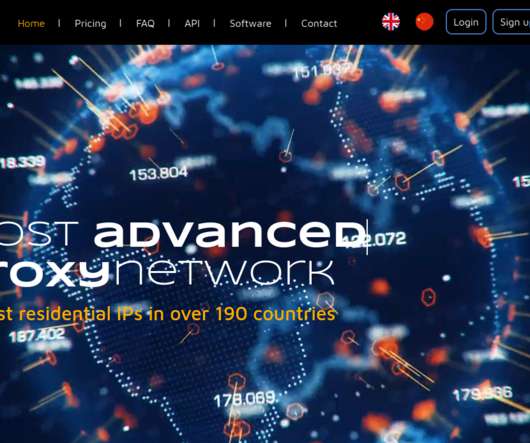
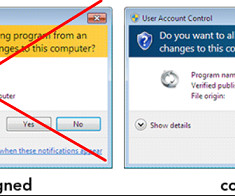


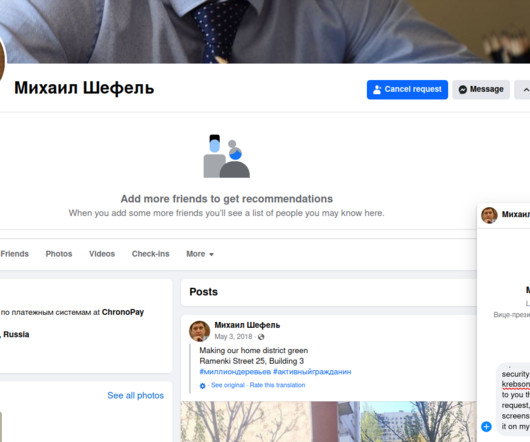





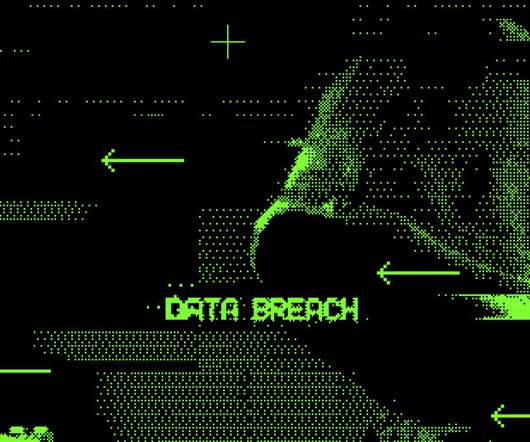






Let's personalize your content